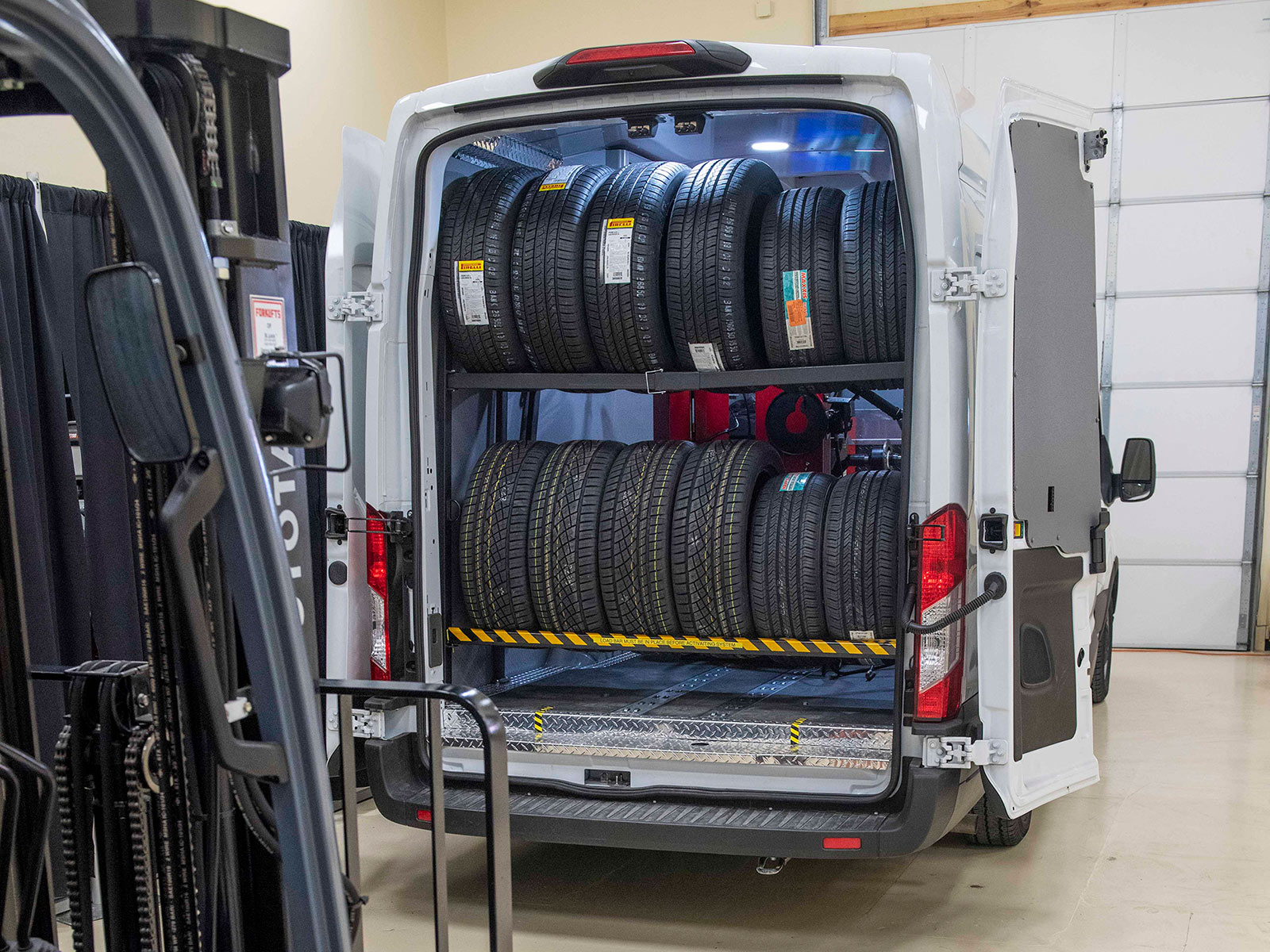Tire Service: Proven Approaches for Optimal Tire Upkeep and Care
Keeping optimal tire problem is paramount for both security and efficiency of any type of lorry. From making sure correct tire pressure to normal rotation and positioning, there are tried and tested methods that can dramatically expand the life expectancy of your tires and boost overall driving experience. As we check out the details of tire care and maintenance, we will certainly uncover vital standards that every automobile proprietor must abide by for the best possible outcomes. Allow's explore the world of tire solution and find the secrets to keeping your tires in excellent form for the long run.
Relevance of Tire Stress
Adequate tire pressure advertises better fuel effectiveness, as under-inflated tires can lead to increased rolling resistance, causing the engine to function harder and consume more gas. Proper tire pressure makes sure also tread wear, enhancing tire durability and conserving cash in the lengthy run by postponing the need for premature substitutes. Routinely readjusting and checking tire pressure, especially previously long trips, is a basic yet reliable way to enhance car performance, prolong tire life expectancy, and focus on security on the roadway.
Tire Turning Standards
When taking into consideration tire rotation standards, it is vital to comprehend the significance of this maintenance task in making best use of tire life expectancy and keeping ideal lorry efficiency. Tire turning includes altering the setting of each tire on a vehicle to ensure also step wear. Front tires often tend to wear quicker than rear tires as a result of guiding forces, making routine rotation important for balanced wear patterns. The recommended turning pattern varies depending on whether a vehicle is front-wheel, rear-wheel, all-wheel, or 4x4. Typically, tires need to be revolved every 5,000 to 7,500 miles, or as encouraged in the car manual. Disregarding tire turning can bring about unequal wear, impacting handling, grip, and possibly compromising car safety. By sticking to appropriate turning standards, chauffeurs can prolong the life of their tires, boost fuel performance, and boost general driving experience. Regular turning is an easy yet reliable maintenance practice that contributes dramatically to tire long life and browse this site car efficiency.

Advantages of Wheel Positioning
Making certain correct wheel positioning after tire turning is crucial for preserving well balanced wear patterns and maximizing car performance. Wheel positioning describes the modification of the angles of the wheels to the supplier's specifications. One of the essential benefits of wheel positioning is enhanced guiding and handling response. When the wheels are correctly lined up, it minimizes guiding initiative, making certain a smoother and extra regulated driving experience. In addition, proper wheel placement aids to expand the life-span of your tires. Misaligned wheels can create unequal tire wear, bring about early tire substitute and boosted upkeep expenses.

Tire Footstep Depth Inspect
Executing a routine evaluation of tire step deepness is vital for maintaining secure driving conditions and lengthening the life expectancy of your tires. Uneven step wear can suggest concerns with tire alignment, suspension, or stress, highlighting the significance of routine step depth checks. By incorporating tire walk depth checks into your regular maintenance timetable, you can drive with confidence recognizing that your tires are in top problem.
Seasonal Tire Inspection
Seasonal tire evaluation is an essential aspect of tire upkeep that makes certain tires are all set to deal with the difficulties posed by various weather condition conditions. In prep work for winter months, it is necessary to inspect the tire pressure routinely as cool temperature levels can trigger tire pressure to go down. By carrying out routine seasonal tire examinations, vehicle drivers can extend tire lifespan, boost gas efficiency, and most notably, make sure a protected driving experience in differing weather condition conditions.
Verdict
In final thought, maintaining appropriate tire stress, turning tires on a regular basis, lining up wheels correctly, monitoring walk depth, and carrying out seasonal evaluations are crucial methods for optimum tire care. By adhering to these verified approaches, chauffeurs can guarantee their tires last longer, do better, and add to total car safety and security. It is essential to focus on tire maintenance to stop crashes, improve gas effectiveness, and prolong the life expectancy of tires.
Ample tire pressure promotes far better gas efficiency, More Help as under-inflated tires can lead useful site to boosted rolling resistance, creating the engine to work more difficult and eat even more fuel.When considering tire turning guidelines, it is vital to comprehend the relevance of this maintenance task in maximizing tire lifespan and preserving ideal lorry efficiency. Seasonal tire inspection is a fundamental element of tire maintenance that ensures tires are all set to encounter the challenges positioned by different weather condition conditions. By carrying out regular seasonal tire assessments, vehicle drivers can lengthen tire life-span, boost gas efficiency, and most importantly, guarantee a protected driving experience in varying weather conditions.
In conclusion, maintaining proper tire stress, revolving tires regularly, straightening wheels correctly, monitoring tread deepness, and carrying out seasonal assessments are necessary methods for ideal tire care.